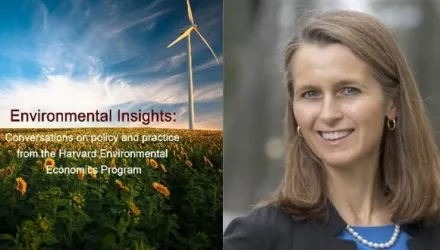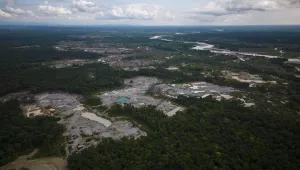Overview
Geoengineering is a broad concept that encompasses a variety of approaches to counteract the effects of greenhouse gas emissions, including both techniques to limit how much sunlight reaches the earth (usually referred to as "solar radiation management" or SRM) as well techniques to remove carbon dioxide from the atmosphere ("carbon dioxide removal" or CDR). Although specifying a precise definition of geoengineering is difficult, the various geoengineering approaches under consideration have several common threads, identified more than a decade ago by Thomas Schelling. They are all:
- Large scale, capable of affecting the global temperature, as compared to more limited local weather modification techniques such as cloud seeding.
- Intentional, as opposed to the climate modification we are already engaged in as a result of our greenhouse gas emissions.
- "Unnatural" and novel, as opposed to natural, familiar processes such as growing more trees or practicing no-till agriculture.
Geoengineering is of interest to groups across the political spectrum. On the one hand, it is attractive to climate sceptics, since it reduces the need to take action now. If geoengineering were possible, then even if climate change predictions turned out to be true (which sceptics think unlikely), we could still respond through geoengineering. On the other hand, geoengineering is also of interest to environmentalists, as a means of averting catastrophic climate change, should efforts to reduce emissions fall short. Geoengineering could also prove attractive to politicians (although few have shown much interest thus far), because it allows them to avoid making difficult decisions now. And geoengineering is seductive to economists, because some geoengineering technologies appear astonishingly cheap—in particular, injecting sulfur aerosols into the atmosphere to block incoming sunlight. If geoengineering in fact proves to be effective in reducing the global temperature, then it might well be the most efficient way to address climate change—much cheaper than reducing emissions.
Geoengineering has an additional allure: its low costs and global effects give individual countries the ability—and potentially the incentive—to "solve" the climate change problem unilaterally. This feature, however, also renders governance of geoengineering challenging.
Bodansky, Daniel. “Governing Climate Engineering: Scenarios for Analysis.” November 2011


